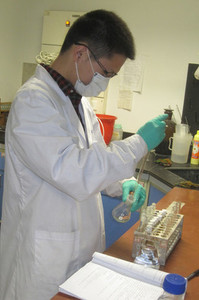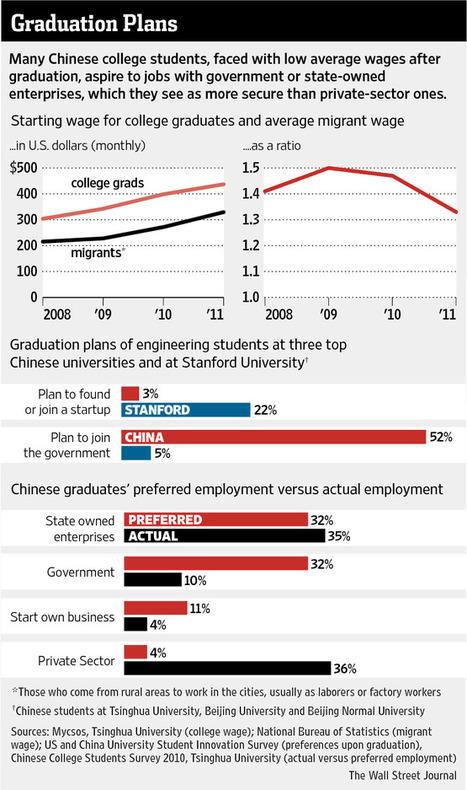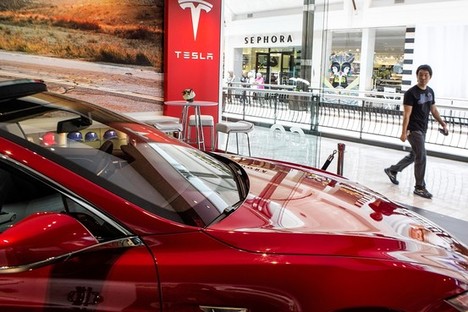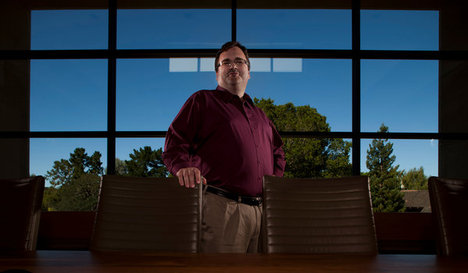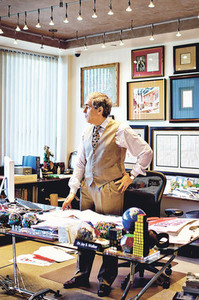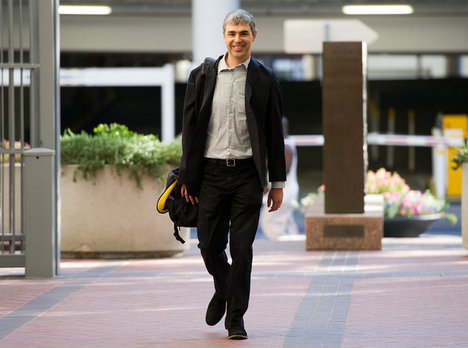(p. 32) Google was handling as many as 10,000 queries a day. At times it was consuming half of Stanford’s Internet capacity. Its appetite for equipment and bandwidth was voracious. “We just begged and borrowed,” says Page. “There were tons of computers around, and we managed to get some.” Page’s dorm room was essentially Google’s operations center, with a motley assortment of computers from various manufacturers stuffed into a homemade version of a server rack– a storage cabinet made of Legos. Larry and Sergey would hang around the loading dock to see who on campus was getting computers– companies like Intel and Sun gave lots of free machines to Stanford to curry favor with employees of the future– (p. 33) and then the pair would ask the recipients if they could share some of the bounty.
That still wasn’t enough. To store the millions of pages they had crawled, the pair had to buy their own high-capacity disk drives. Page, who had a talent for squeezing the most out of a buck, found a place that sold refurbished disks at prices so low– a tenth of the original cost– that something was clearly wrong with them. “I did the research and figured out that they were okay as long as you replaced the [disk] operating system,” he says. “We got 120 drives, about nine gigs each. So it was about a terabyte of space.” It was an approach that Google would later adopt in building infrastructure at low cost.
Larry and Sergey would be sitting by the monitor, watching the queries– at peak times, there would be a new one every second– and it would be clear that they’d need even more equipment. What next? they’d ask themselves. Maybe this is real.
Source:
Levy, Steven. In the Plex: How Google Thinks, Works, and Shapes Our Lives. New York: Simon & Schuster, 2011.
(Note: italics in original.)


